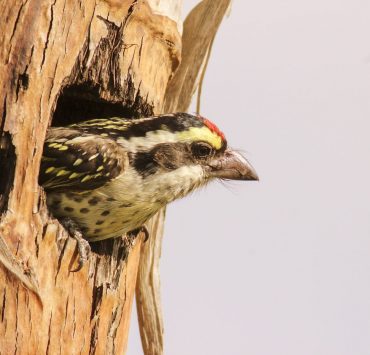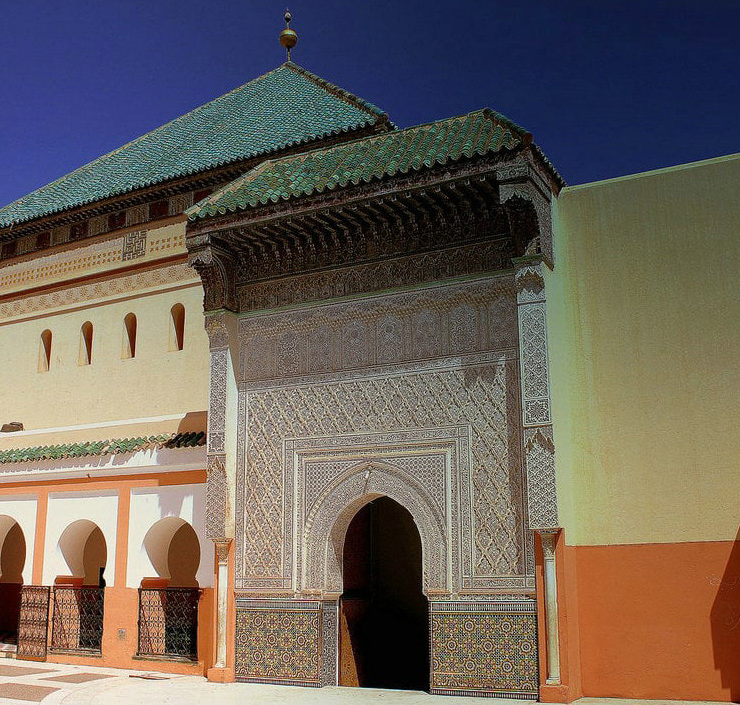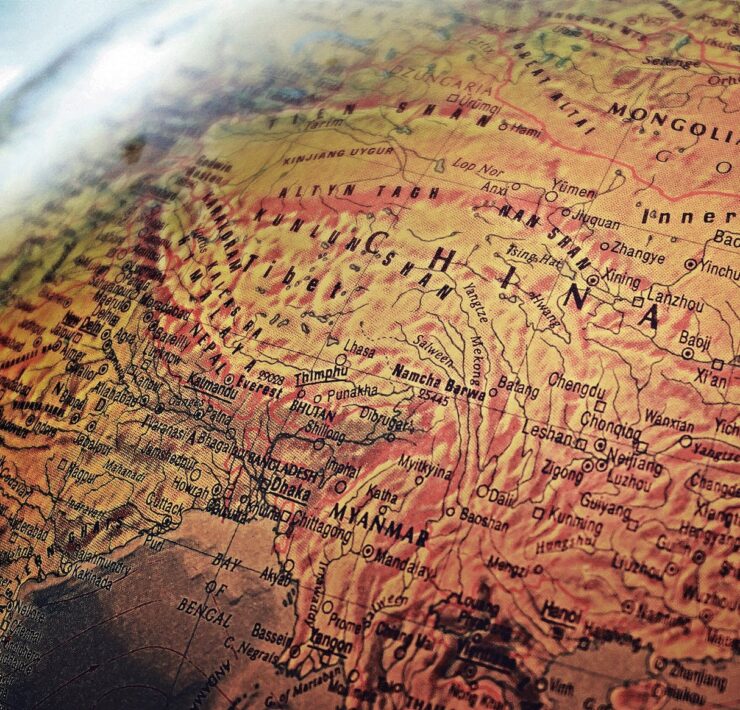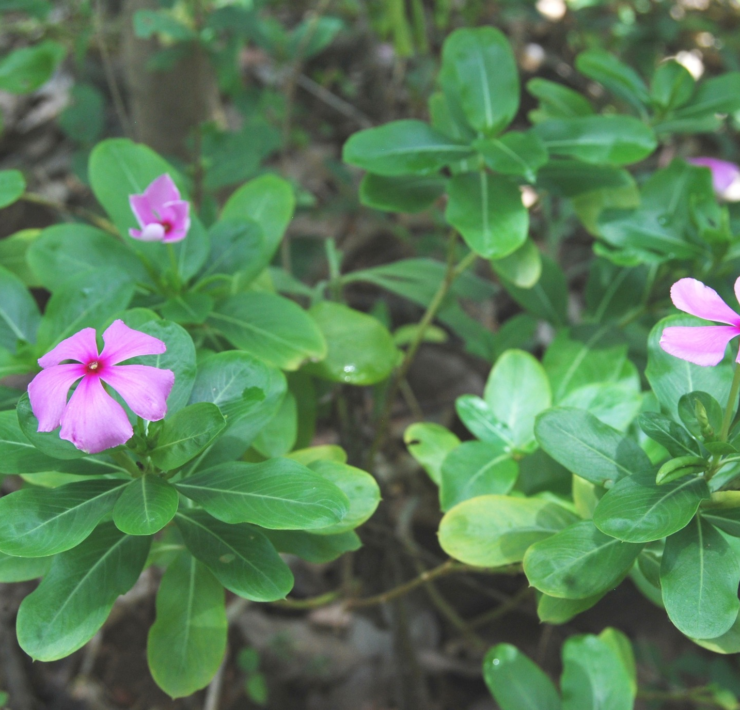Growing Your Own Food, God’s Way
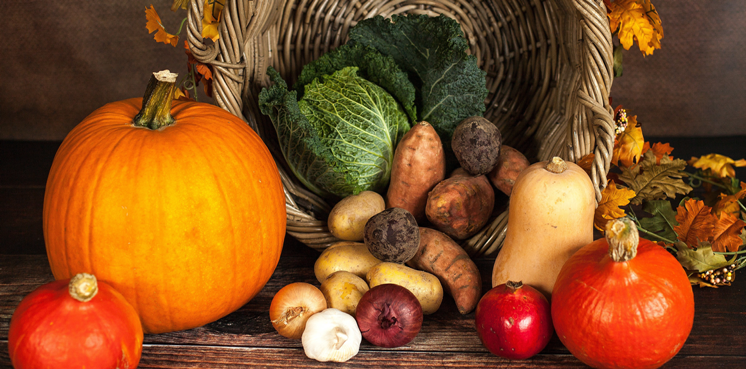
Organic Farmer/ Green Energy Expert A father, a husband and…
RESTORE THE LAND
Genesis 1:26- Let us make man in Our image, according to our likeness; let them have dominion over the fish of the sea, over the birds of the air, and over the cattle, over the earth and over every creeping thing that creeps on the earth.
In our last article we saw how the soils in Africa have been degraded and depleted through deforestation, soil erosion, plantation farming (mono-cropping), increasing use of fertilizers and pesticides and herbicides. A healing of our minds and spirits to mirror the image in which we were created, will result in a healing and restoration of the land, so that it produces the food able to nourish our bodies in the way originally intended. God gave man “every herb that yields seed which is on the face of all the earth and every tree whose fruit yields seed” for food. We also see in Genesis 2 that though man was made in the image and likeness of God, He fashioned him out of
the dust of the ground. Man was made from the dust of the ground and therefore what he was given for food would naturally also come from the same ground. The plants and trees that man gets his food from grow in the soil from which he was created. The soil provides the nutrients that help the plants to grow. Nutrients are transferred from the soil to the plant and from the plant to the body of man when he eats it. For this reason, the nutritional value of the soil (fertility) is of prime importance when growing food.

When the soil is depleted of its fertility through mono-cropping, soil erosion, slash and burn farming techniques, fertilizers are used to feed the plants growing in the land. In the last article we saw that use of chemical fertilizers can continue to the point where nothing will grow on the land until chemical fertilizers are applied.
Food that has been grown this way will not have the natural nutrients found in the soil and may cause diseases (cancer) simply because humans require natural nutrients and not chemicals to nurture and strengthen their bodies. It is not a
surprise then, that all the nutrients required in the human body can be found in the soil. Soil that has been made infertile can be restored to its former fertility by applying farming techniques which imitate Gods way of farming. God’s garden was a
highly productive rain forest, which was in need of nothing. The forest was productive even in drought years and never slowed or lost its productivity. The trees never dried up and always produced fruit in every season. God put in place a system which allowed the plants and the soil to co-exist with high production levels, no environmental degradation and little or no soil erosion and with ability to tolerate the most severe climate of the African continent.
The system God put in place that created the most productive ecosystems in the world had almost zero soil tilling or plowing, no destruction of the trees, and the
leaving in place of the blanket of fallen leaves and twigs which form the floor of all natural forests. God’s systems also have a wide range of different plants, trees and flowers that complete the beautiful picture that He saw and agreed that is good. In our efforts to grow our food, it should be obvious then that we need to follow what we see Him do in creation very closely so that we simulate His laws when growing our food. If God does not plow the soil or burn the brush or remove the blanket of leaves and leave the soil bare and exposed to the elements, why do we? Man has assumed that he knows better and has, as a result, continued to destroy his habitat.
The soil is the most important aspect of growing food and if we take care of it then we can extract from it, through the food we grow, all the nutrients our bodies need.
The system God put in place that created the most productive ecosystems in the world had almost zero soil tilling or plowing, no destruction of the trees, and the leaving in place of the blanket of fallen leaves and twigs which form the floor of all natural forests.
Nicholas Munyororo, Farmer and Green Energy Expert
Farming God’s way is based on three principles by which the fertility of the soil is maintained. These are: do not burn; do not plow; and practice crop rotations.
Do not burn
When you don’t burn the leaves and stalks that remain after harvesting is done, these can be incorporated as mulch to cover the soil. This provides an ideal environment for the healing of land that has previously been abused through burning, plowing and
application of excessive chemical fertilizers.
Do not plow
Plowing the soil is also very harmful in that it inverts the soil and exposes the microorganisms that live below surface level to the sun, thus killing them. At the same time the soil microorganisms that operate above the surface are buried. This leaves the soil bare of living organisms and it is consequently depleted of nutrients
that contribute to its fertility. When no till farming systems are used, this is avoided and the soil will begin to heal itself and restore the fertility that had been lost.
Crop rotations
Crop rotations have proven a most crucial way of maintaining healthy soils and crops. When one type of crop, for example, maize, has been grown on a particular section of land for more than one season the nutrients necessary for growing that maize are depleted from the soil. A different crop, say beans, which requires different nutrients, can then be grown there. The land will rest from maize production and be refreshed with nitrogen from the beans because beans are nitrogen fixing plants. The next time maize is planted in this section of land, the soil will have restored nutrients necessary for growing it. In this way, crop rotations are good for both the soil and the crops. Most of the chemical elements required by the body are all found
in the earth or within the soil. Here are ten ways soil nutrients are similar to human nutrients:
- Nutrients for plants mainly come from the soil.
- Nutrients for humans primarily come from food, often food grown in the soil.
- Potassium helps human control muscles and the rhythm of the heart. In plants, potassium helps plants control and use water efficiently.
- In the context of plant requirements, carbon, oxygen, and hydrogen are called the non-mineral nutrients. People need these too.
- The full list of essential nutrients both humans and plants need includes
manganese, magnesium, molybdenum, iron, copper, carbon, nitrogen, oxygen,
hydrogen, phosphorus, sulfur, and chlorine. - Nutrition labels & fertilizer bag labels give a clear breakdown of the nutrients
provided. If only I didn’t have to worry about calories like a pea plant! - All of the essential nutrients plants and humans need can be found on the
periodic table of elements. - Iron in humans helps move oxygen. Iron helps the
body make hemoglobin that moves oxygen and hemoglobin through the blood. This is similar to phosphorus moving energy around the plant. - Calcium equals strong bones for humans. Whereas in plants, nitrogen helps grow strong stalks.
- Phosphorus helps plants with photosynthesis. It stores and moves energy around the plant. In humans, about 85% of phosphorus in the body can be
found in bones and teeth. It also helps the body use and store energy.
That God made man from the dust of the ground is not in doubt. What we need to do than is look up and see what our Father does as the creator of the universe and thus heal our soil, restoring its nutrients. In this way, we shall heal and restore our bodies and at the same time, prepare our hearts for the ultimate restoration, the restoration of our spirits back to the original state which God intended.
What's Your Reaction?
Organic Farmer/ Green Energy Expert A father, a husband and a son of God. He runs Viro Mental Ltd, a renewable energy and organic farming business. He ran a Solar and power solutions business for the last 12 years. In 2013 He answered God’s call to be a farmer and embarked on a learning process that has led to him seeking to be a qualified trainer in Farming Gods Way. PASSION FOR THE ART I love farming and green energy I am passionate about doing it in God’s way.









